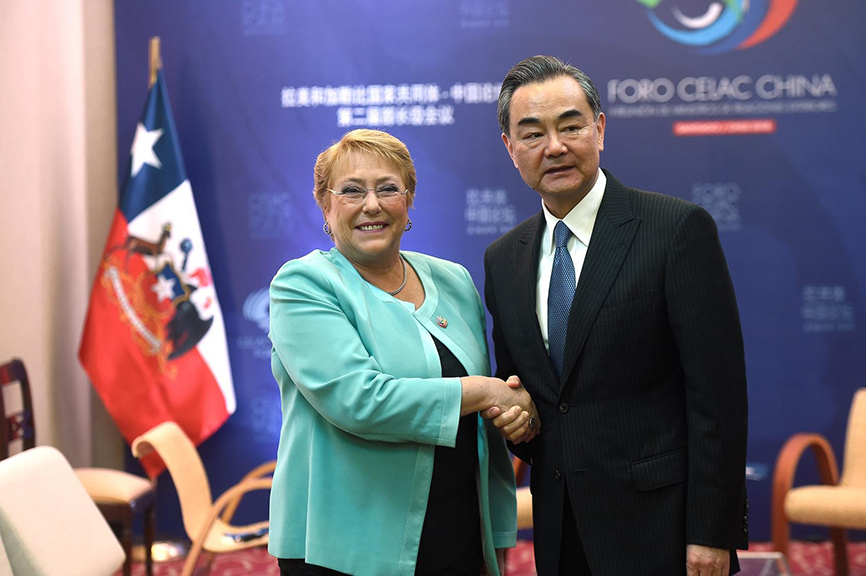
Earlier this week, a new survey by the CADEM polling firm in Chile – one of the closest U.S. allies in Latin America – showed that 77 percent of Chileans have a positive image of China, whereas only 61 percent have a positive image of the United States.
The same is happening in several other Latin American countries. In Mexico, 57 percent of those polled have a favourable view of China, compared with 43 percent who have a favourable view of the United States, according to a 2018 Latinobarómetro poll.
In Argentina, 51 percent see China favourably, compared with 45 percent who view the United States that way. In Peru, China wins the public opinion race by 59 to 56 percent. In Venezuela, China is ahead by 63 percent to 62 percent, the Latinobarómetro survey shows.
Granted, several other countries in the region, including Brazil, Colombia, and most Central American countries, still like the United States better. But public support for the United States in the region is falling, after years of growing Latin American trade ties with China.
China’s trade with Latin America has soared from $17 billion in 2002 to $306 billion last year, and China has already become the top trading partner of Brazil, Chile, Peru and Uruguay.
Alarmed by all of this, the Trump administration has begun to publicly ask Latin American countries to distance themselves from the Beijing regime. During a trip to the region in October, 2018, U.S. vice president Mike Pence had lashed out against China’s “predatory economic activity” in Latin America.
Similarly, during a tour of Latin American countries earlier this month, U.S. Secretary of State Mike Pompeo said that China “injects corrosive capital into the economic bloodstream, giving life to corruption and eroding good governance” in Latin America.
U.S. officials say that China spurs corruption in the region, because Chinese companies are not subject to strong anti-bribery laws. U.S. officials also say that Chinese firms are hurting Latin America by investing almost exclusively in extracting and transporting raw materials, this deepening the region’s dependence on commodities. By comparison, U.S. investments tend to be in manufacturing and services, which generate better paid and more sophisticated jobs.
But most Latin American officials, while agreeing with the U.S. concerns about China, are not surprised by the decline of America’s popularity in the region. The reason is simple, and it’s called Donald Trump, they say.
Indeed, the U.S. image in Latin America – and around the world – has taken a major hit since Trump took office, according to a separate Pew Research Center poll.
In Latin America, Trump’s crusade to build a border wall, his bizarre claims that most Mexican undocumented immigrants are “criminals” and “rapists,” and his claim that several Latin American nations are “shithole countries” have badly damaged the U.S. image.
Furthermore, Trump’s withdrawal from the Trans-Pacific Partnership trade agreement and his calls for cutting foreign aid to Central America have further advanced the impression that the United States is a selfish power, and a bad neighbour.
Meantime, much of what China has to do to gain influence in the region is to remain relatively quiet, and be visible. China’s leader Xi Jin Ping has already visited the region four times since he took office in 2013.
Trump has made only one trip to the region, for a G-20 meeting of the world’s biggest economies in Argentina. Except for his valid criticism of Venezuela, Nicaragua and Cuba, most of Trump’s Latin America policy has been marked by hostility.
If Trump really wants to revert the trend of China’s rising popularity in Latin America, he should stop behaving like an arrogant neighbourhood bully. He should start building a positive agenda with the region, instead of one based on anti-immigration, anti-trade, and anti-foreign aid tirades.






